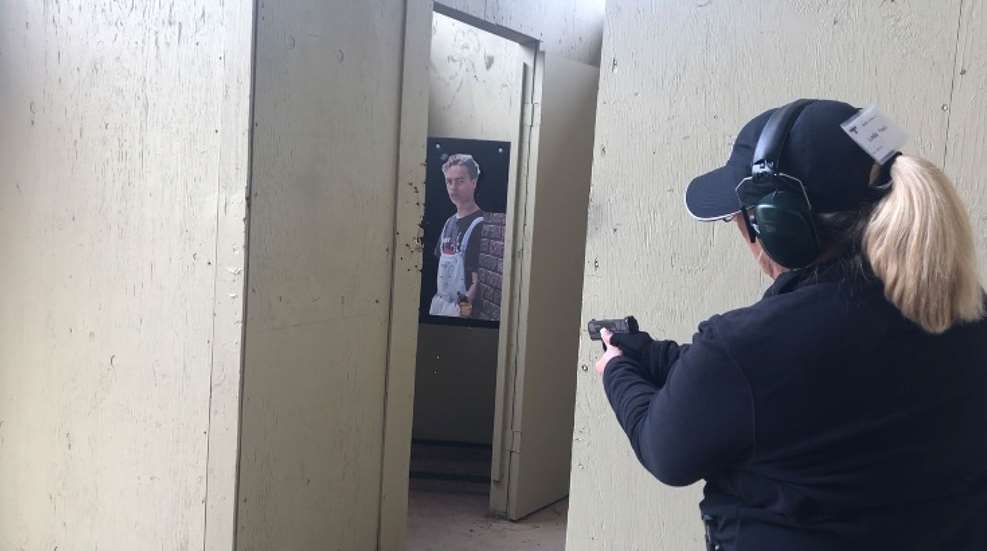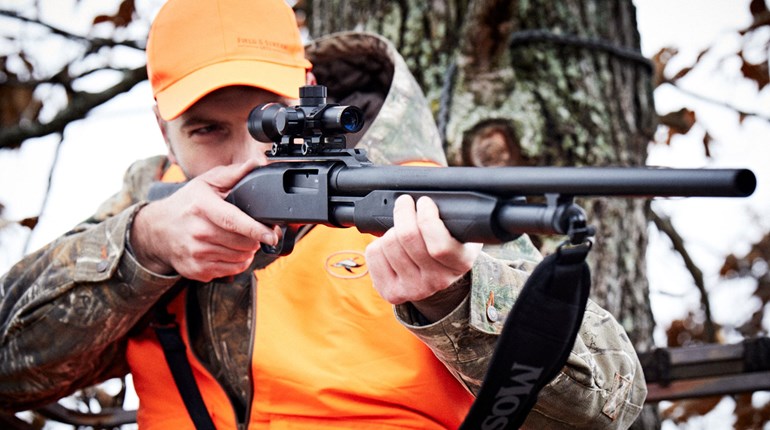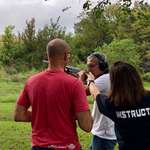
Adrenaline gives us a rush of heightened sensation, and that feeling is what so-called “adrenaline junkies” get hooked on. But its real purpose isn’t for fun: Adrenaline is a survival mechanism designed to keep you safe. It’s a mixture of hormones that make up your fight-or-flight response, and when you’re in a dangerous situation, your system gets flooded with it to help improve your fleeing or fighting.
When fear, anxiety or stress triggers your body’s fight-or-flight response, these hormones give you extra energy to handle whatever situation you’re in. It’s short-lived, but powerful, which is why it’s often called an “adrenaline rush.” It’s important to understand what’s going on in your body when you’re under the influence of an adrenaline rush so you can learn to function under its effects. The bottom line is that your body focuses its efforts on the situation at hand and puts most other functions on pause.
First, your body increases blood circulation and breathing, contracting your blood vessels to redirect blood flow to your heart, lungs and major muscle groups. At the same time, your air passage dilate to help you suck in more oxygen to feed your muscles the energy they’ll need to flee or fight.
Your heart rate will speed up and you might feel it start to pound, if you have the presence of mind to notice. Your liver releases glucose for a short-term energy boost. Your pupils dilate to help you see more clearly, even in dim or dark conditions. Your pain perception is reduced, so that you can keep running or fighting even if you are injured. I’m sorry to have to tell you this, but your bladder and your bowels might relax as other muscles tense up.
You might notice rapid and shallow breathing, dry mouth, dizziness, increased sweating, and a general feeling of nervousness or shakiness. Whether you perceive it or not, you’ll be able to lift heavier objects than normal and run faster than you ordinarily do, at least slightly.
Your eyes and brain will focus on the threat, sometimes to the exclusion of everything else. This means you can expect auditory exclusion and tunnel vision—you literally might not be able to see or hear what’s going on around you other than what’s happening with the threat you’re facing. At the same time, your senses of smell, taste and touch might be heightened.
Because your senses are heightened and some of them are very narrowly focused, you might become more or less aware of your surroundings. In general, adrenaline is designed to help you think clearly, remain alert and make quick decisions, but it can also make you lightheaded. When the rush is over and the situation is under control, different people report different effects on their memory: Some remember every moment in vivid detail, while some remember very little and have a general “what just happened?” feeling.
Because your body is gearing up to run or fight, all the energy goes to big muscle groups, and the little ones—your fine motor skills— deteriorate. This is why training is so important, and why you should train “big movements” rather than small movements whenever possible. Gunsite Academy instructor Mario Marchman teaches students to smack the bolt release on an AR-15 with the palm of their hand rather than pressing it with their finger. A big old slap is a large-muscle-group movement. Finding and pressing a small button is a fine motor skill, and you might not be able to do it when you’re in fight-or-flight mode. Similarly, reloading a revolver cartridge by cartridge is a finer motor skill than slapping a new magazine in your semi-auto pistol.
If there is a real threat in front of you, you’ll be so focused on it that you might find time speeds up or slows down. If you’ve ever been in a car accident or a near-accident that you were able to see coming, you might have experienced this time-slowing-down phenomenon already.
Understand that adrenaline can hit you based on real threats or just imagined ones. You need a good threat assessment model like AOI to help you determine what’s really going on and if you’re trying in danger.
It’s very possible that you’ll become either completely detached emotionally, at least for a short while, or one emotion—usually fear or anger—will overwhelm you to the exclusion of all others. Some people report an unexplainable calm coming over them as they move through the process of solving their problem, seemingly in slow motion. The more experienced you are in dealing with high-stakes situations, the greater the chance that you’ll remain in control of your emotions or experience that calm.
This is the other reason why training, particularly under pressure, is so important. Yes, train at the range so that those big-muscle skills and fine motor skills become second nature. But if you can, find a way to train under real pressure. You can never fully insulate yourself from the effects of adrenaline, but you can learn what it feels like and how to deal with it in a controlled environment. You do not want to experience all those effects I’ve just talked about for the very first time when your life is on the line! Simulation training is the best way to do this, if you can find a force-on-force class that fits your schedule and your budget, but there are other ways mentioned in this article that can help you prepare for shooting under pressure.
You can expect an adrenaline rush to happen immediately when you’re faced with a threat, and the effects can take an hour to fully subside, even if you determine the perceived threat wasn’t really a problem at all. You might vomit, experience an exhausting crash, have a strong desire to fall asleep (even though you might not sleep well), or wake up the next day with sore muscles due to all that tension you didn’t even perceive at the time.
This flood of hormones into your system is designed for short-term problem solving—literally fighting or fleeing—and can cause a host of physical symptoms designed to save your life. While some senses and skills are enhanced, others are put on pause, and the heart-pounding physical reaction to adrenaline can even trigger a freeze response in some cases. Freezing is rarely the right reaction to a threat, so the more you learn about what to expect in an adrenaline dump and the more you’re able to train under the effects of one, the better prepared you’ll be at your real moment of truth.














































